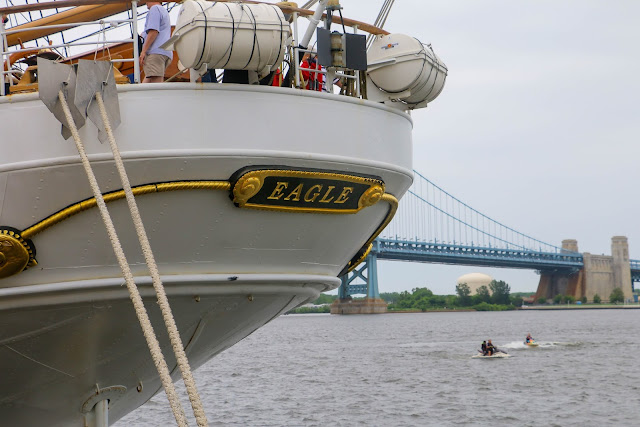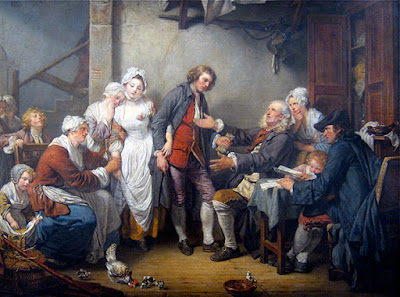It's been a busy month, especially with the Chester Historical Preservation Ball coming up. I've been enjoying the weather and new things.
Today is the day of the ball. It's been busy. Really busy. I've been sick for the last month and working furiously on projects. I knew I should have taken the ballgown out of the box in the basement where it has steadily been accumulating dust for the past 5 or so years. But I didn't, until this morning.
It didn't take long for me to realize something was amiss. My hoopskirt looked like it was run over by a train. Now I remember I lent it to my sister. What she did with it I will never know. I look at the top. It's MUCH smaller than I remember it but I try it on anyway. Perhaps this was the real reason I slacked so much in going down to look at it. **grumble** The skirt was ugly to begin with.
I had three options:
1. Get myself to Joann's Fabrics and try to sew a ballgown before 3PM today.
2. Wear modern formal wear.
3.Try to adapt the things I currently have to make something vaguely ballgownesque.
But true to my theory that "here/done" is generally better than perfect and that people are more important than perfection, I'll be attending the ball in whatever and will have a good time. I can't stress over it and neither should you in a similar predicament. :)
Without further ado, my photo post for the past few weeks:
Possible cherry pits carefully collected from an archaeological pit at
Newlin Grist Mill.
I've been getting more involved with archaeology which is something that has been on my bucket list for many years. If anyone knows of any sites looking for people, please send me an email. I'm on the lookout for new projects. This ceramic dog is a rare find for the time period.
The Delaware River in Wilmington, DE.
Beautiful pathway out of the 18th century.
It's cat season so my yard is full of cats, none of which are mine.
Escaping a summer shower under a lovely leaf canopy.
Reach for the moon.
Rolling summer storms almost every day this week. They were welcome as it was really hot but I also did have to wear a sweater in June.
Ben Franklin
(Mike Kochan) came to the farm with his experiments. They were so interesting to watch. Some of them are pretty dangerous.Go over and like his facebook page, he's working on some cool new projects so stay up to date.






























